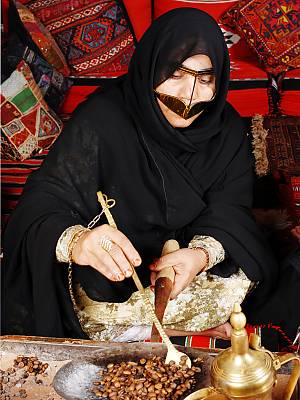Arab culture boasts a long and attractive history. It is usually full of rich traditions, art, music, in addition to stories that have got reached people throughout the world. Right now, our view involving Arab culture will be largely shaped by media—movies, Shows, interpersonal media, and considerably more. How Arab tradition appears in multimedia impacts how individuals see and realize the region. Regarding this reason, analyzing how media portrays Arab culture, whether or not accurately or by means of stereotypes, is more important than ever before.

This kind of article explores the particular journey of Arabic culture in press today, its affect, and what the future holds.
The Evolution of Arabic Culture Representation within Media
Historical Situation of Arab Multimedia Portrayal
Inside the earlier days, media frequently painted Arab culture with a wide brush. Western films and TV programs frequently showed Middle easterns as villains or stereotypes. Imagine Showmanship films where Arabs are depicted because terrorists or oil-rich sheikhs. These portrayals fueled stereotypes plus misunderstandings. Similarly, inside some Eastern press, Arab characters have been often limited or perhaps exaggerated for amusement.
But the scene started changing after the 2000s. Together with the rise involving social media in addition to streaming platforms, considerably more voices from typically the Arab world commenced sharing their reports directly. Arab filmmakers, actors, and influencers gained prominence, complicated tired stereotypes. This kind of digital shift opened up new doors for authentic stories.
Transition from Stereotypes in order to Authentic Narratives
Whilst stereotypes persisted with regard to decades, recent decades have experienced a press to get more realistic, refined depictions of Arab culture. Writers plus creators now focus on showing Arabic communities’ diversity, battles, and achievements. Genuine characters with depth and backgrounds are replacing one-dimensional images.
This shift isn’t just about increasing the diversity in stories. It’s about giving Arab voices control of their own narratives. Audiences now want to see true to life, not caricatures.
Essential Milestones and Turning Points
Certain motion pictures and TV sequence have played important roles in changing perceptions. For illustration, the Egyptian movie "Clash" (2016) obtained international praise intended for portraying the personal unrest in Egypt without stereotypes. Typically https://www.oaza.pl/articles/kultura-arabska-sensualnosc.html "Omar" broke ground with its honest storytelling about conflict. Websites like Netflix nowadays offer shows like "Ramy, " which often presents a contemporary Muslim-American experience.
Arabic filmmakers like Nadine Labaki and Khaled Youssef have built waves by creating films that show off Arab lifestyles plus issues. Their work proves that
Arab stories can be strong, relatable, and worldwide appealing.
Arab Tradition in Film and Television
Representation of Arab Identity and even Stereotypes
Many films and shows nonetheless rely on clichés. Arabs are often shown as wealthy sheikhs, terrorists, or even oppressed women. These kinds of images aren’t precise for most of Arabic communities. However, designers are actually pushing again against these stereotypes.
Today, we find Arab characters using complex personalities—people together with dreams, flaws, and even strengths. These reports paint a more trustworthy picture of Arabic identity, wearing down beliefs.
